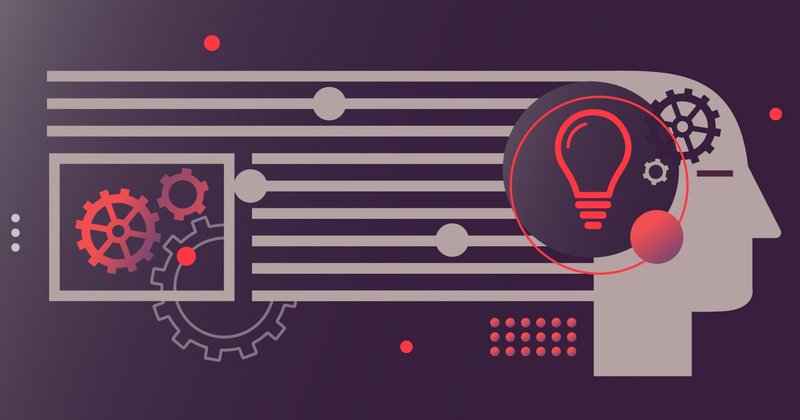We have an opening for a Postdoctoral Research Associate within the School of Informatics at the University of Edinburgh, on the topic of Topological Methods for Learning to Steer Self-Organised Growth. Please follow this link for details about the position and application process: https://elxw.fa.em3.oraclecloud.com/hcmUI/CandidateExperience/en/sites/CX_1001/job/6038/?utm_medium=jobshare
This project is funded by the UKRI New Horizons Scheme, aimed at supporting high-risk speculative engineering and ICT research. This inter-disciplinary project is aimed at developing new AI methods to advance the state of the art in materials synthesis by self-assembly of nanoparticles.
A major open challenge associated with inverse design approaches in this domain is to map directly from meso-scale and bulk properties of application interest to specific properties of the real nanoparticle. AI-driven design automation would be a major step forward from today's highly manual design processes which restrict research to the small laboratory scale. Key bottlenecks on the path to automation are the topological complexity of the two-way mapping, and the significant expense of resulting Monte Carlo approaches that further include expensive ab initio simulations of the multi-scale dynamics.
In this project, we envision three major innovations towards solving these problems. Firstly, we will develop new generative modelling approaches that could replace expensive ab-initio simulations of self-assembly across scales. Using the paradigm of Graph Neural Networks which have been successfully used to describe complex systems, we will develop new structured models that accurately capture the topology of structure-change dynamics in self-assembly, incorporating as inductive bias graph grammars, and multi-scale abstractions connecting levels of dynamics. Secondly, we will develop new methods for topological characterisation of the self-organising surface and use these in calibrating simulators to data, as well as to devise new algorithms for search and design optimisation. Finally, a major innovation will be in combining these to conduct optimisation not only in-silico, but directly and sample efficiently over runs of physical assembly through calibrated models and their use in topology-driven hence weakly controlled interventions to steer runs of the self-assembly process.
Through collaboration between the PI (Prof Subramanian Ramamoorthy), who is an AI and robotics specialist, and Co-I (Prof Vasileios Koutsos) who is a soft matter physicist and materials engineer, we will demonstrate this methodology end-to-end by applying the developed models and optimisation methods in experiments involving functionalised nanoparticles in the laboratory, leveraging access to state-of-the-art experimental facilities including Atomic Force Microscopy (AFM) and Scanning Electron Microscopy (SEM), and to computational models at the molecular scale.
